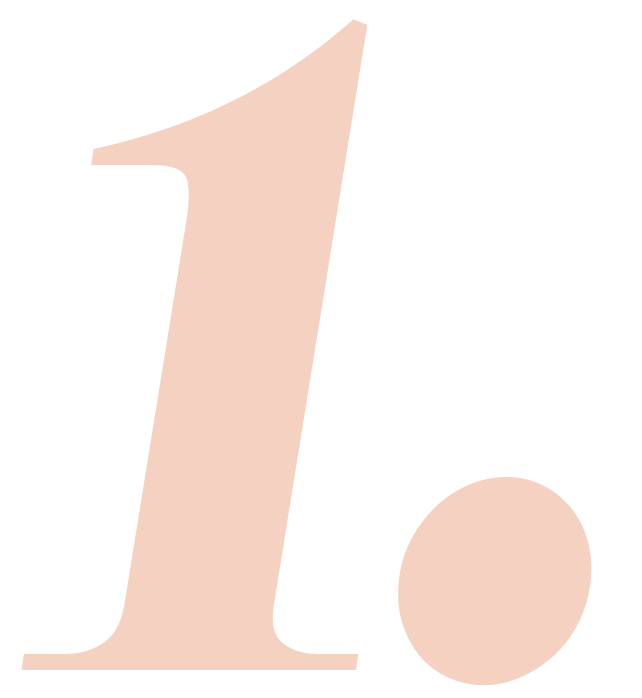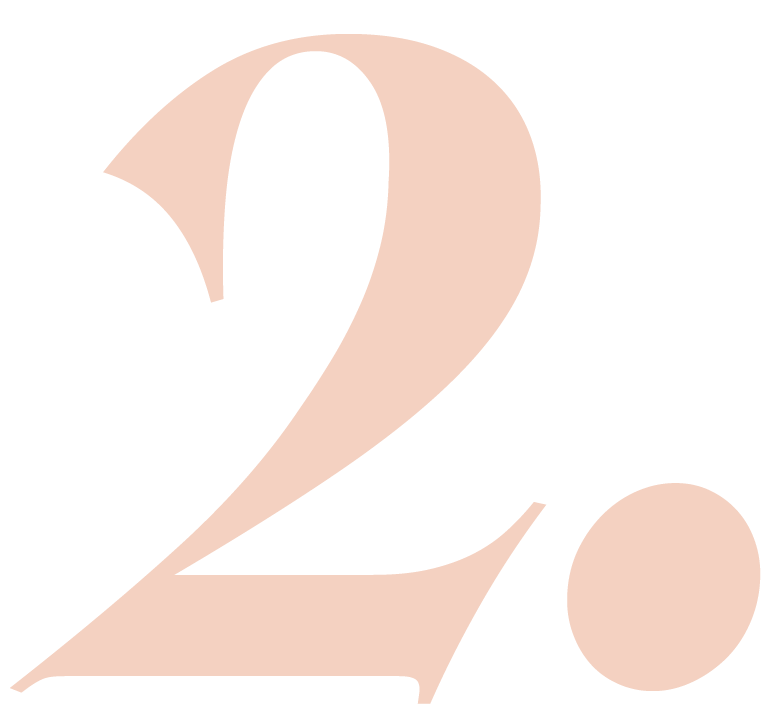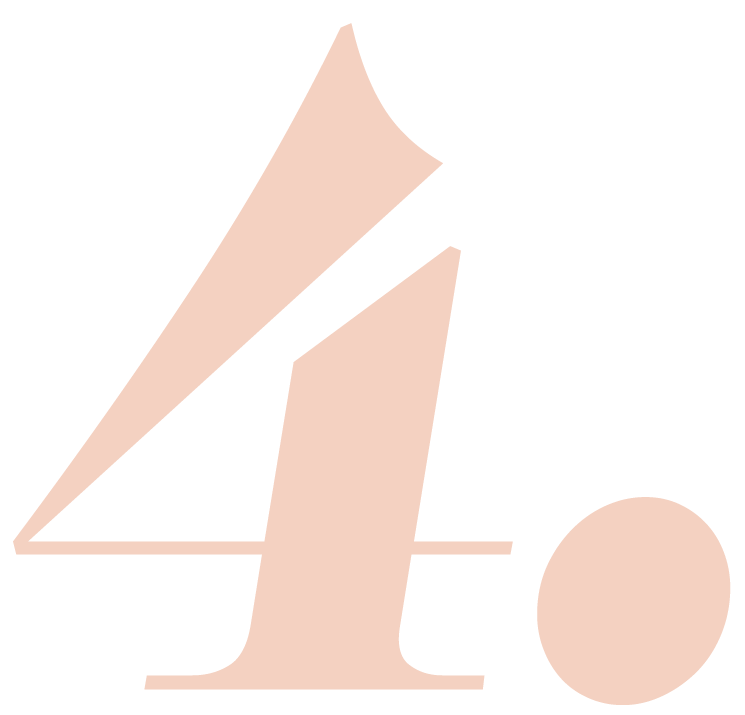You are writing a book and have decided to self-publish? First of all, well done! Now that you feel confident about the writing bit, working on your book design will soon become the next big component of your project. And if you wonder how important design is for your book, well, it’s almost as important as its content!
For this, of course, you first need to find a book designer and to understand a little more about how book designers work. In this article, we share useful tips for working with your book designer. You’ll see, as you answer the following questions, you will feel better prepared to approach a potential designer, so take a moment to answer these even before your first meeting. If you don’t have all the answers just yet, that’s fine! A good book designer should and will be able to assist you as you work together. And this in itself, is a good criteria for knowing how good your designer actually is 😉
Here are 6 questions you’ll need to answer to work smoothly and successfully with your book designer:

What is your book about?
Write a brief, a concise and comprehensive piece of information, about your book. For a fiction book or a novel, this is typically called a synopsis, which is a “brief summary of your story’s main plot, subplots, and the ending, a few character descriptions, and an overview of your major themes”. If you are writing a non-fiction book, your brief will include the topic of your book, its genre and its angle.

Who are you?
Present yourself in a short biography. This is an occasion to present yourself as a writer, to share a little more about your background and what brought you to write this book. Maybe you heard the saying ‘Every person is a book, each year a chapter’. Well that’s it, what is your personal short 😉 story behind your book?

Who is your reader?
Being clear about who your target audience is, is not only crucial for writing your book, it is also important for how it will look. As a writer, you may not be a marketer, but there is really no way around it, you and your designer need to know who your reader is.

What do you like?
Say it with a visual moodboard. Having a visual moodboard allows you and your designer to speak the same visual language even before you start working on a first layout. Your moodboard can take the form of a digital patchwork, a pinterest board or a collage on an A4 or A3 piece of paper and contains all kinds of design and visual elements. These should reflect your personal taste, just as much as the theme of your book and its genre.

How big is it?
Depending on the genre of your book and how far you are with your manuscript, you may already be able to define the desired book size, both in terms of format and number of pages. While popular formats such as pocket books 4.25 x 6.87 in (107 x 174 mm) and US Trade 6 x 9 inches (152 x 229 mm) are common for print-on-demand and more affordable to produce, you can also go creative if this is relevant for the nature and the genre of your book. Here, a good designer is one who will be able to guide you and advise you.

How compatible is it?
Like in a good relationship, the software and formatting options you use for your manuscript must be compatible with the one(s) used by your designer. This goes from using styles vs. using classical formatting options such as bold and italics to footnotes and references. Your graphic designer should be able to tell you what’s most appropriate, time saving and hence also for you, cost saving!
So, with these elements in mind (brief, biography, audience, moodboard, book size, formatting) you should be clear and all set to select your book designer and work well together, right from your very first meeting!
We’ve compiled even more useful information and tips for working with your book designer in our guide “Approaching your book designer: The Ultimate Checklist To Arrange All The Materials You Need To Help You And Your Designer”. Subscribe to our newsletter or write us at [email protected] to receive it.

0 Comments